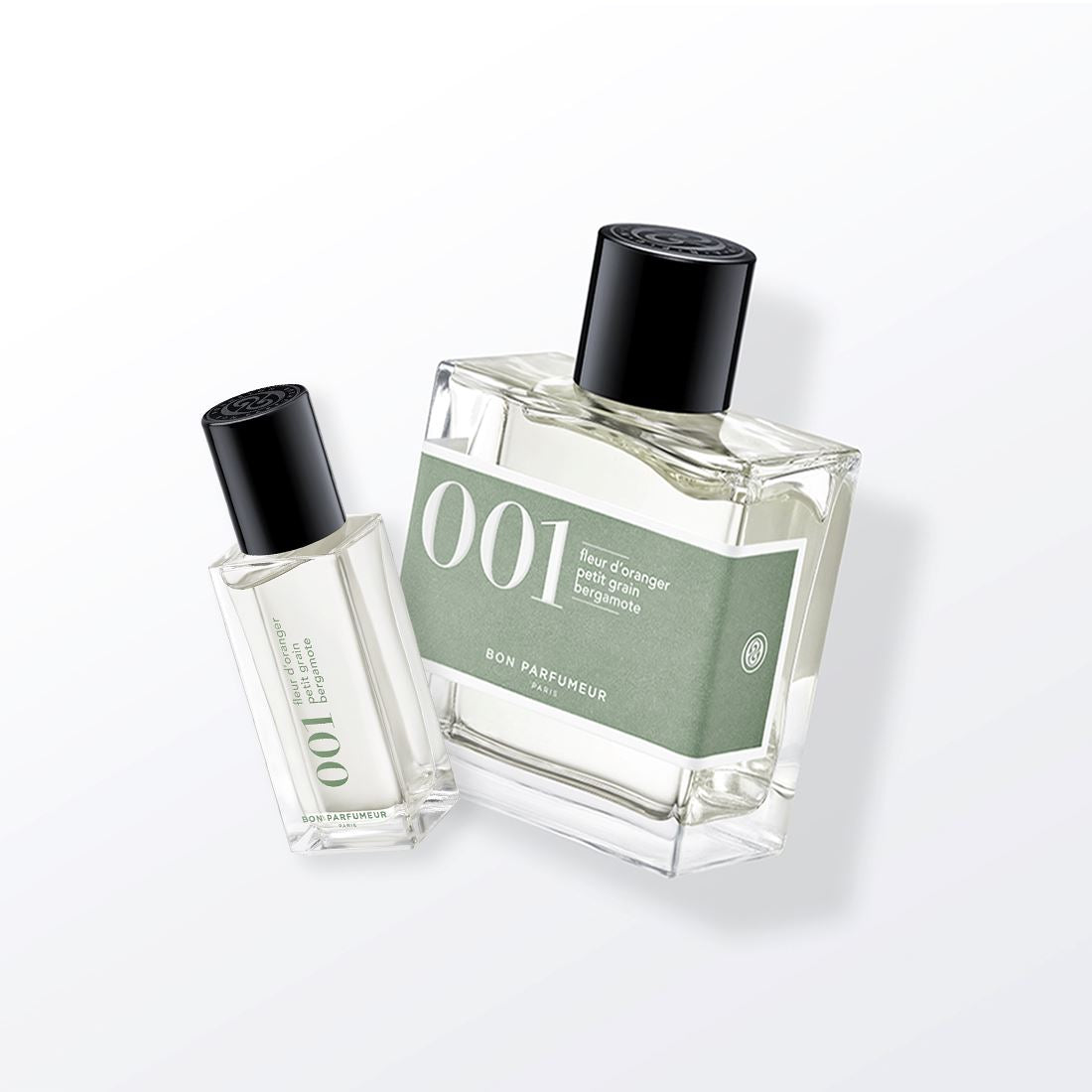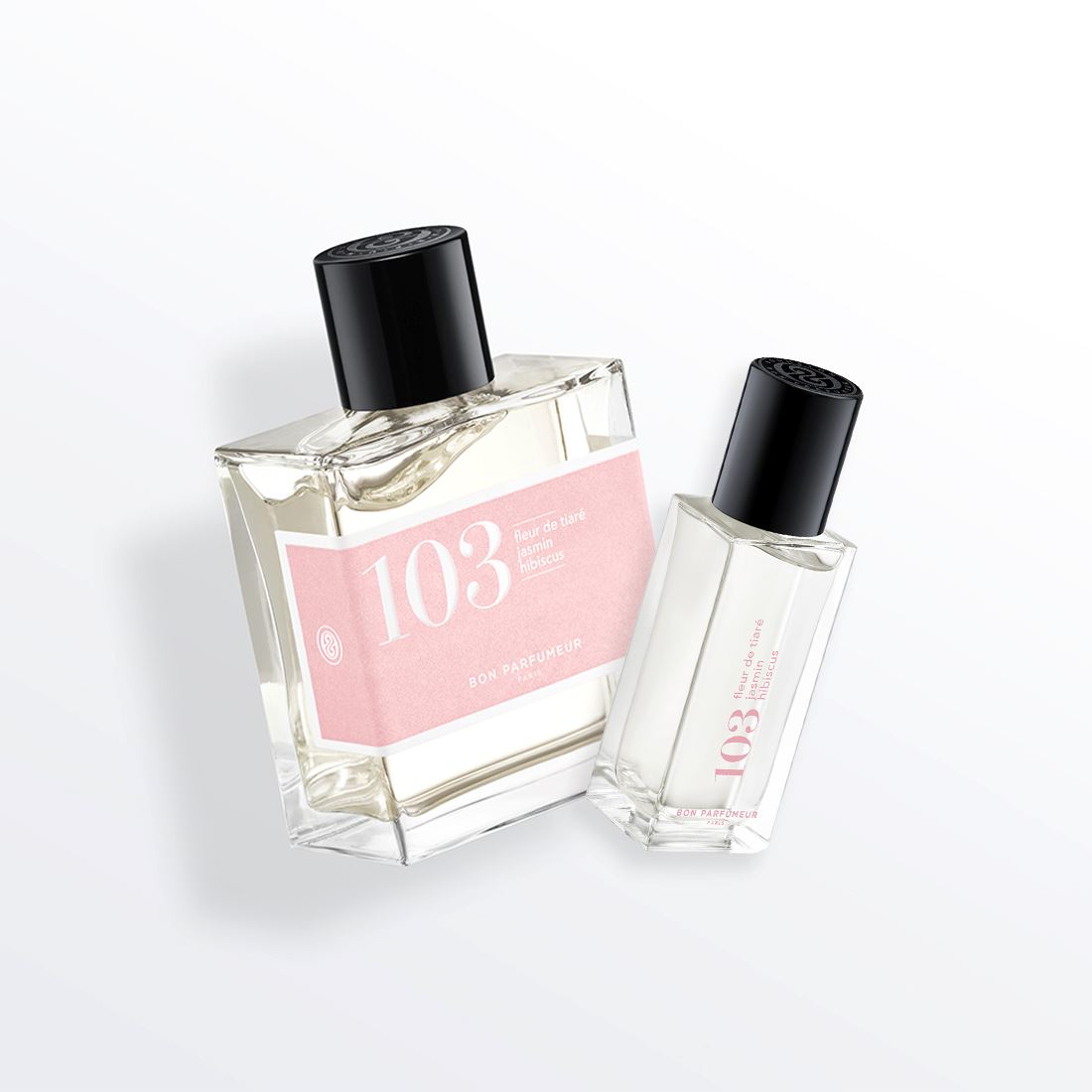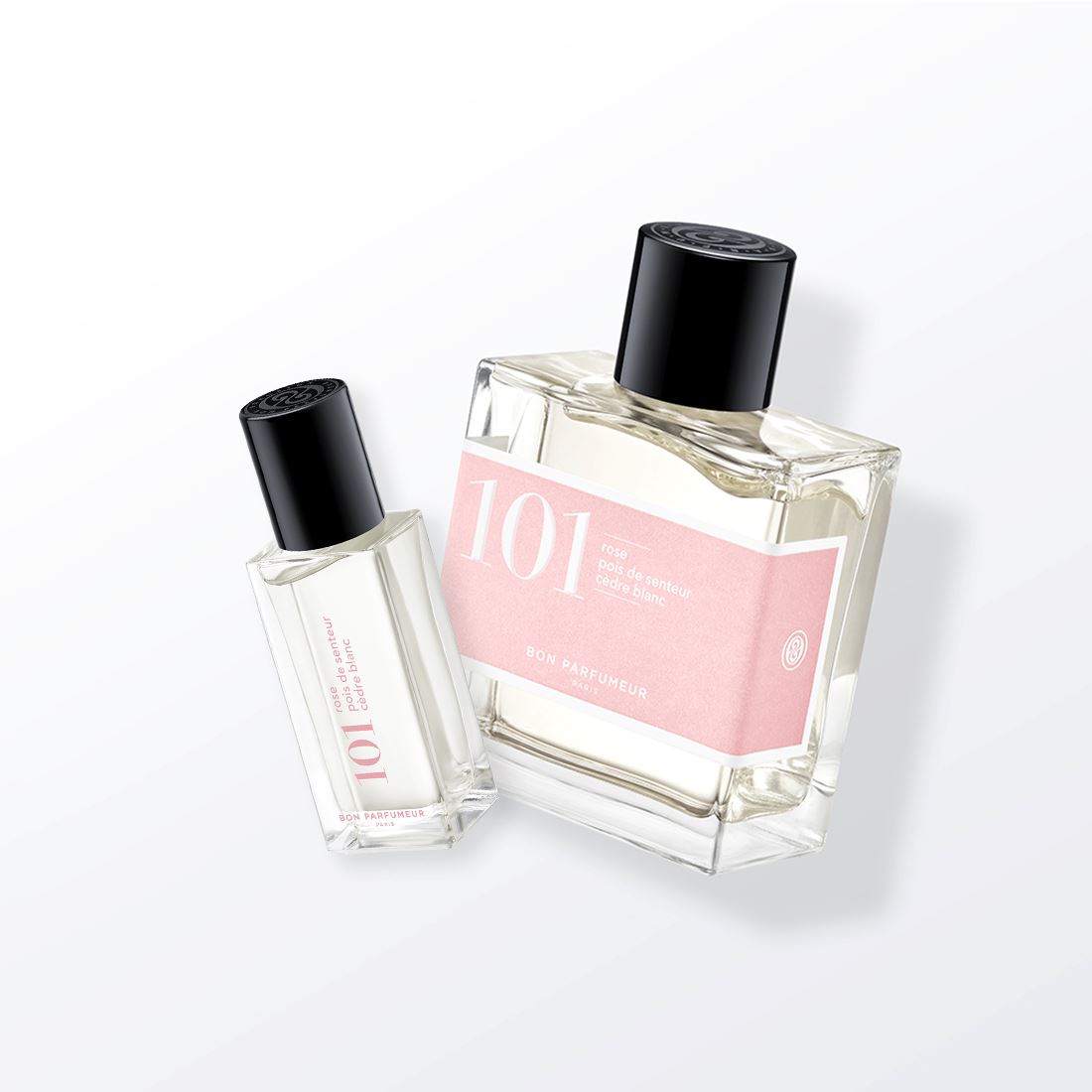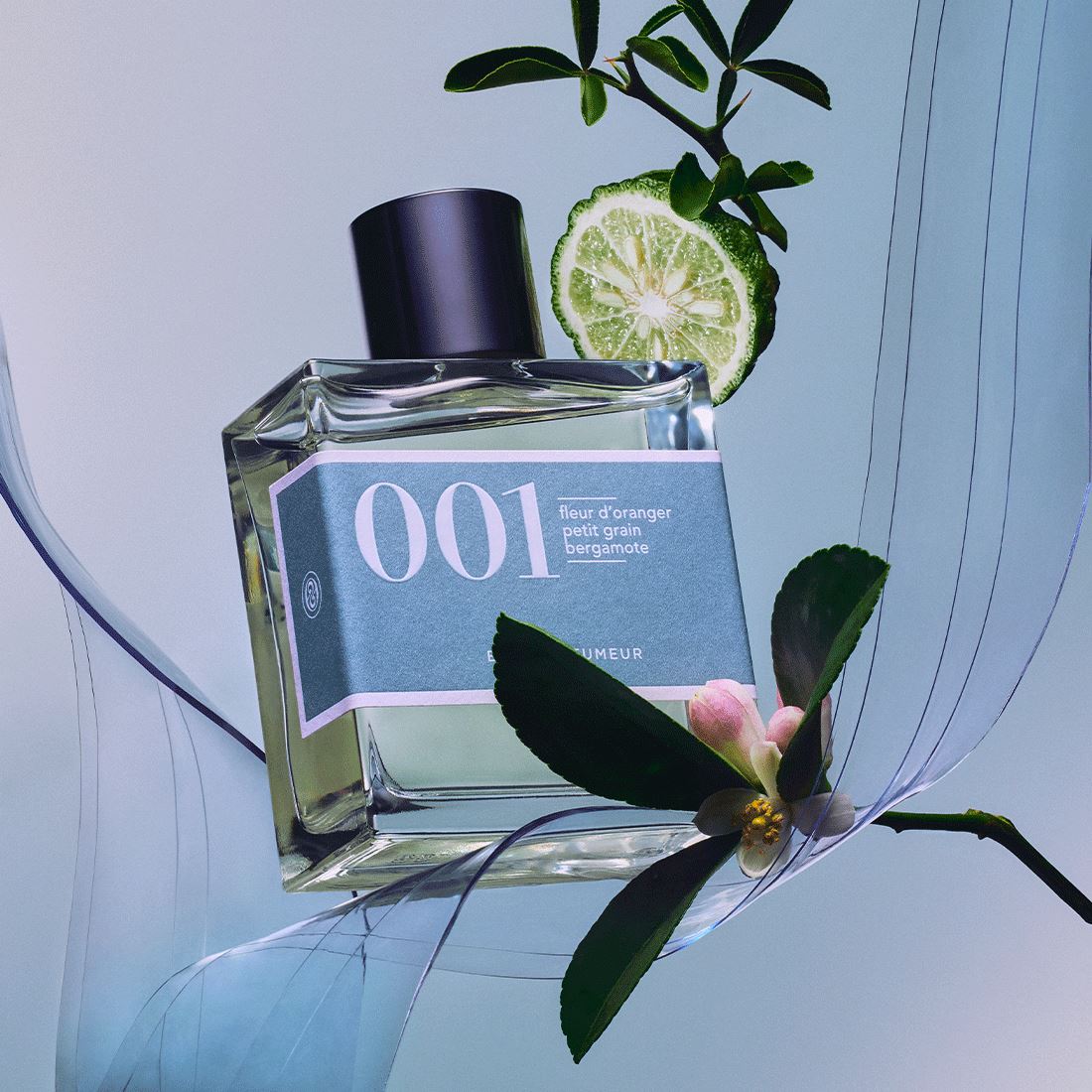What does galbanum mean?
The name "galbanum" comes from the ancient Greek language, where the term "khalban" was used to designate an aromatic resin. The word was later adopted by Latin as "galbanum". The etymology of this term reveals its close link with the plant itself. Indeed, the word "galbanum" refers to the Ferula gummosa plant, a wild species whose resin is used to extract galbanum for perfumery. The etymology of the word thus reveals the connection between the ingredient's name and its plant source, testifying to the deep relationship between nature and the art of perfumery.
In the beginning…
The history of galbanum dates back to antiquity, when this plant resin was already revered for its aromatic and medicinal properties. Used by the Egyptians, Greeks and Romans, galbanum was considered a precious treasure. The ancient Egyptians valued its curative properties, using it in ointments and balms. It was also used in religious rituals for its sacred fragrance. The Greeks and Romans, meanwhile, used it in their perfumes and cosmetics, considering galbanum a luxurious ingredient. In the Middle Ages, it was used in medicinal remedies for its anti-inflammatory and healing properties.
Galbanum's popularity has endured over the centuries, and it is still widely used today in perfumery for its invigorating personality and distinctive fragrance. Galbanum's long and rich history testifies to its timeless value and status as a precious ingredient in the world of fragrance. Galbanum's origins in the art of perfumery go back a long way. The ancient Egyptians used it to embalm their dead, while the Greeks and Romans used it to perfume their homes and bodies. In the Middle Ages, galbanum was used as a remedy against the plague. Over the centuries, galbanum became an ingredient of choice for perfumers, offering a fresh, green touch to fragrant compositions. Today, galbanum is still used in many high-quality perfumes, thanks to its unique olfactory properties.
Galbanum cultivation
Galbanum is mainly obtained from the Ferula gummosa plant, which grows wild in specific regions, notably in Iran and Afghanistan. This robust plant requires special environmental conditions to develop fully. It thrives in arid and mountainous climates, where it is exposed to long periods of sunshine and extreme temperatures.
Growing galbanum is a demanding process, requiring patience and know-how. The plant's seeds are sown in well-drained soil, then the young plants are carefully nurtured and protected from pests. After several years of growth, the plant's mature stems are cut to allow the resin to drain away. This is when the precious galbanum resin is harvested by hand. The cultivation of galbanum therefore remains an artisanal process, preserving the quality and authenticity of this unique perfumery ingredient. Planting galbanum, also known as Ferula gummosa, is a delicate process that requires particular care. The plant's seeds are generally sown in spring in well-drained, sunny soil. Before planting, it is important to prepare the soil by weeding and making it sufficiently loose to allow good root growth. The seeds are then scattered at a suitable depth and lightly covered with soil. Germination can take several weeks, and regular watering is crucial to ensure healthy development of the young plants. Once the plants have reached a sufficient size, they are usually transplanted to permanent locations, providing adequate space for their growth.
Planting galbanum therefore requires patience and expertise to ensure successful cultivation and an abundant harvestof this aromatic plant's precious resin. Once the seeds have germinated, young shoots emerge from the earth, bearing delicate green leaves. Over time, the plant develops into a robust structure, reaching heights of up to two meters. Its stems are characterized by their spines, while the leaves unfurl into an elegant, dissected shape. As the plant matures, it begins to produce an aromatic resin through small fissures in its stems. This resin, galbanum, is meticulously collected by hand.
The development of the galbanum plant requires specific environmental conditions, including well-drained soil, adequate sun exposure and arid climates. It is through this development process that the galbanum plant delivers its precious resin, capturing its unique essence and making an invaluable contribution to the perfume industry.
When the galbanum plant has reached maturity, precise incisions are made in the stems, allowing the resin to flow out. These incisions are made carefully to avoid damaging the plant itself. On contact with air, the resin begins to oxidize and solidify, forming small drops or solid lumps. These drops or pieces of resin are meticulously harvested, then sorted, cleaned and refined to obtain the best possible quality. This harvesting process is often done by hand to preserve the purity and authenticity of the ingredient.
What do you know about Galbanum in perfumery?
Galbanum is a plant resin used in perfumery for its green, slightly resinous note, so we use the plant as a raw material. The treatment and transformation of this plant are essential to obtain a quality essential oil or Ferula galbaniflua. After harvesting, the leaves and stems are distilled in a still to extract galbanum essential oil. This oil is then refined to remove impurities and distillation residues. The end result is a pure essential oil, ready for use in perfumery. Galbanum producers often adopt responsible practices to minimize the environmental and social impact of their activity.
Galbanum is a plant essence used in perfumery for its green note. Its olfactory profile is unique and recognizable, with fresh notes of mint leaves and cut herbs, you could say it smells like peas and paint with a slightly bitter scent. This olfactory composition makes it a popular ingredient in both men's and women's fragrances, adding a touch of freshness and vitality to compositions.
Galbanum is a popular ingredient in perfumery for its green freshness and ability to add dimension to fragrances. Galbanum is used in many fragrances, particularly those in the chypre family. It adds a touch of greenery and resin. Galbanum is generally considered a top note in the fragrance pyramid. With its freshness and liveliness, it is often used to create an initial impact and attract attention from the very first notes of the fragrance. In top notes, it can bring initial freshness and vivacity to the fragrance!
Galbanum, with its green, herbaceous and fresh touch, is a precious ingredient in the creation of complex olfactory accords in perfumery. It blends harmoniously with a variety of other ingredients, offering a new, captivating dimension to fragrant compositions. Galbanum is often used in chypre accords, where it blends with notes of oakmoss, patchouli and bergamot to create sophisticated, elegant fragrances. It can also be combined with floral notes such as jasmine, lily of the valley or rose, bringing a green freshness that delicately complements the sweetness of the flowers. Galbanum accords can also include citrus notes, such as lemon or grapefruit, for a lively, sparkling sensation. It thus offers remarkable versatility in perfumery, enabling the creation of a wide range of olfactory accords, from freshness to deeper, more sophisticated nuances.
Interesting fact!
In traditional medicine, it is recognized for its anti-inflammatory, antiseptic and healing properties. It can be used to soothe skin irritations, minor burns and cuts. Galbanum is also appreciated for its stimulating, refreshing fragrance, which can help to calm the mind and promote relaxation. In aromatherapy, it is considered a respiratory stimulant, useful for clearing the airways in cases of congestion or coughing.
What's more, in perfumery, galbanum adds a distinctive green, herbaceous touch, bringing freshness and vitality to olfactory compositions. Although these benefits and virtues are often associated with galbanum, it is always advisable to consult a health professional before using any galbanum-based product for therapeutic purposes.
Popular galbanum perfumes...
Among the best-known scents containing galbanum, here are four emblematic examples:
• Chanel No. 19: Launched in 1970, this iconic Chanel fragrance is famous for its sophisticated green composition. Galbanum plays a key role, providing an invigorating herbaceous note that blends harmoniously with floral and woody accords.
• Vent Vert by Balmain: This classic Balmain fragrance, launched in 1947, is renowned for its bold use of galbanum. It has a fresh, vibrant character, with a combination of green, floral and woody notes that give it a timeless elegance.
• Parfums de Marly Lippizan Eau de Parfum: It is a captivating, elegant, green fragrance inspired by the majestic Lippizan horses. Released in 2017, this aromatic and woody scent opens with a fresh and citrusy blend of bergamot and lavender, creating a bright and invigorating introduction. The heart of the fragrance features galbanum as the star note in combination with violet and jasmine, adding a soft and floral dimension.
These fragrances are widely recognized for their creative and judicious use of galbanum.
















